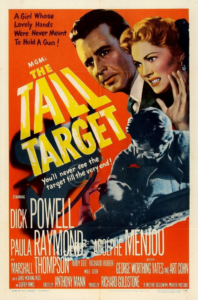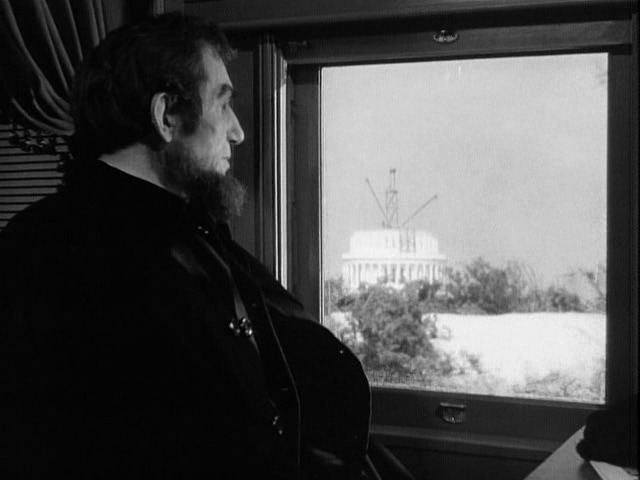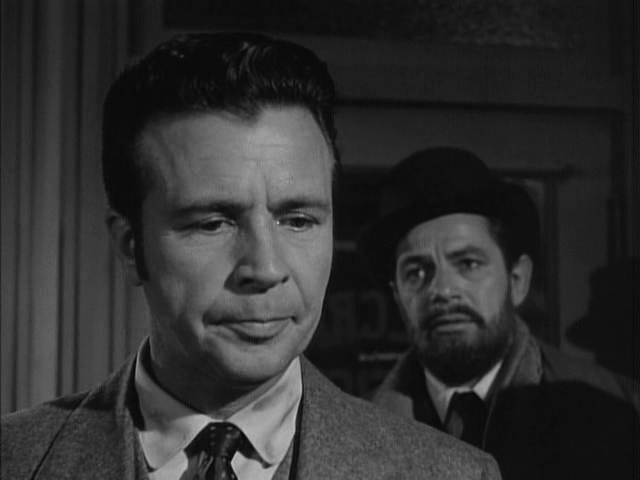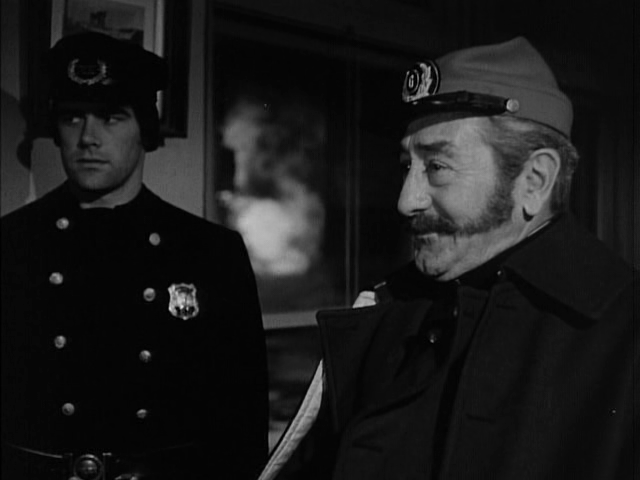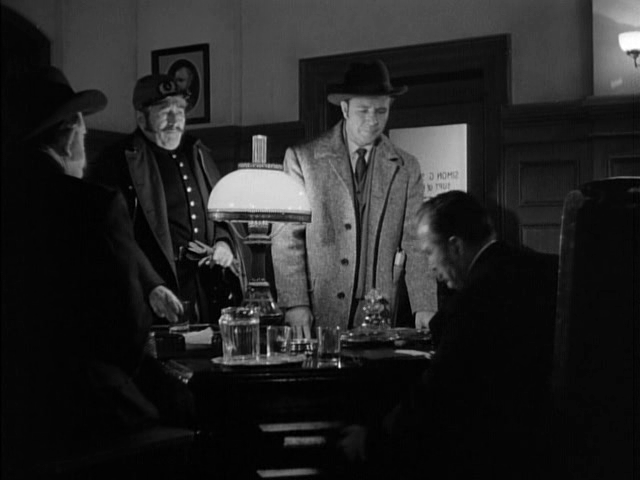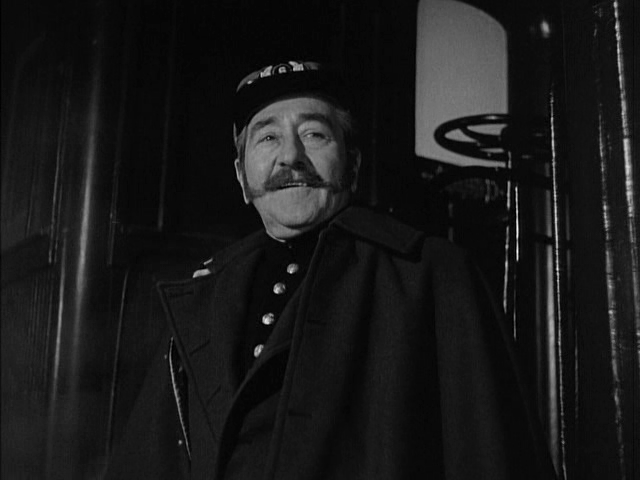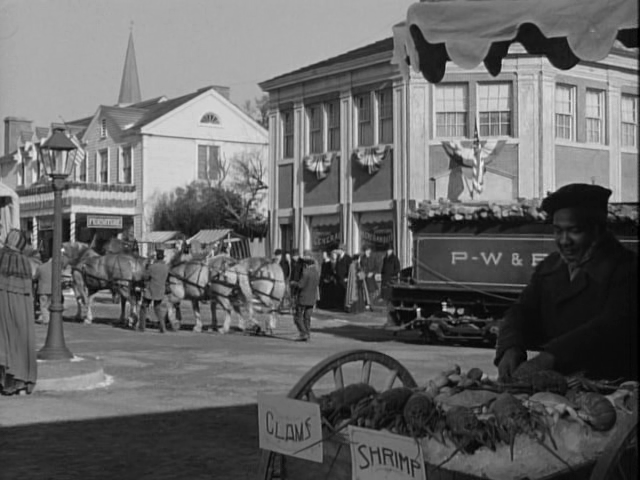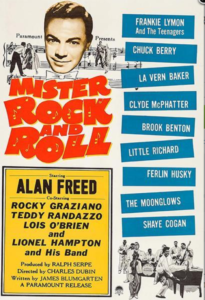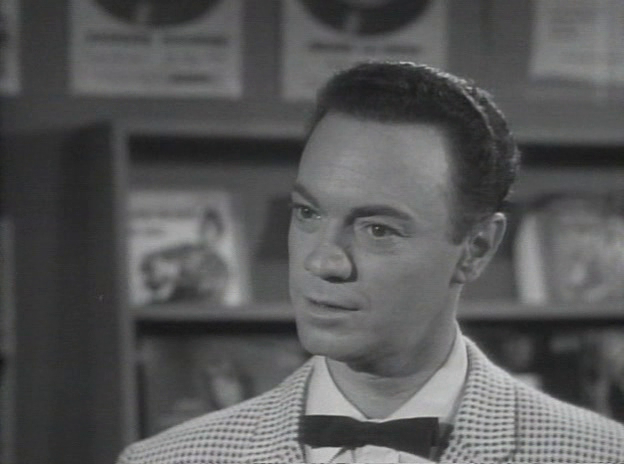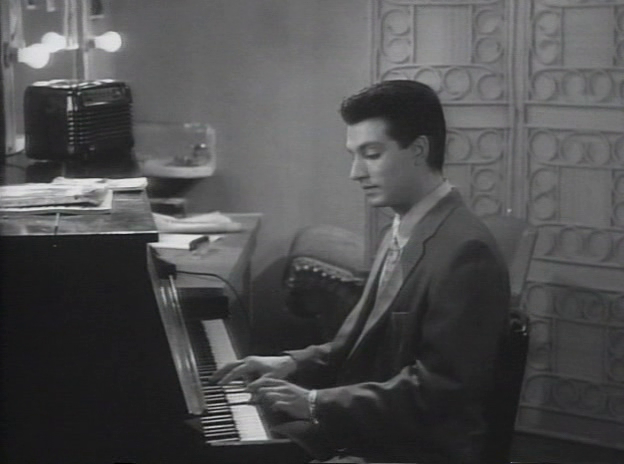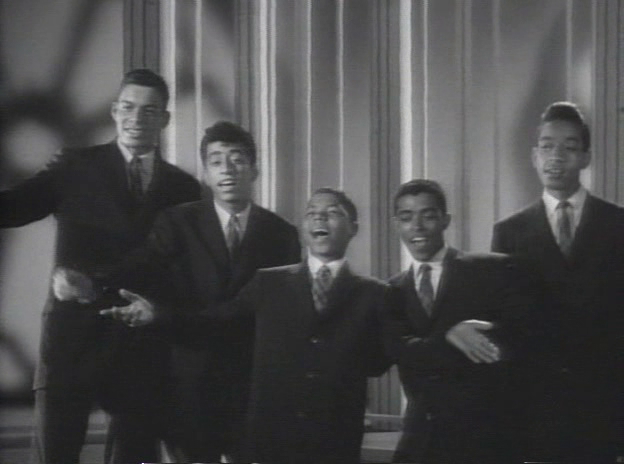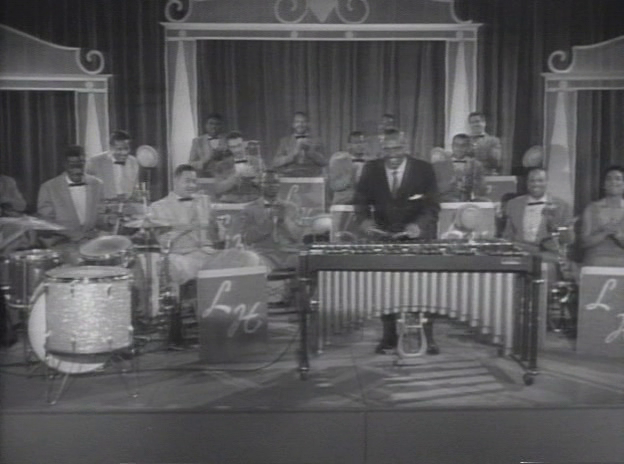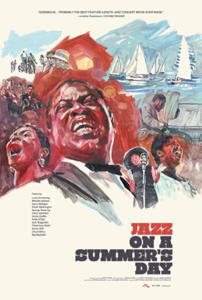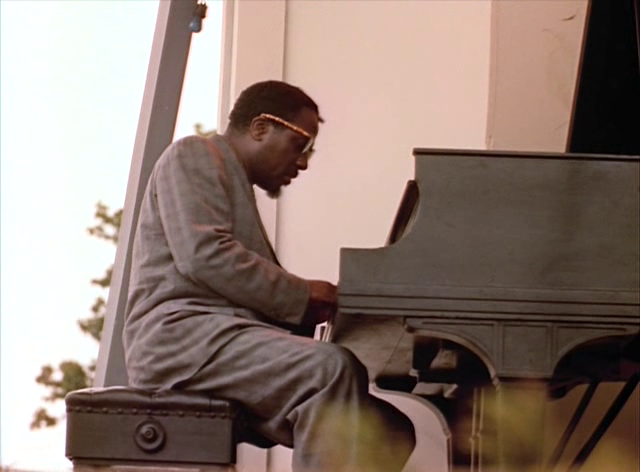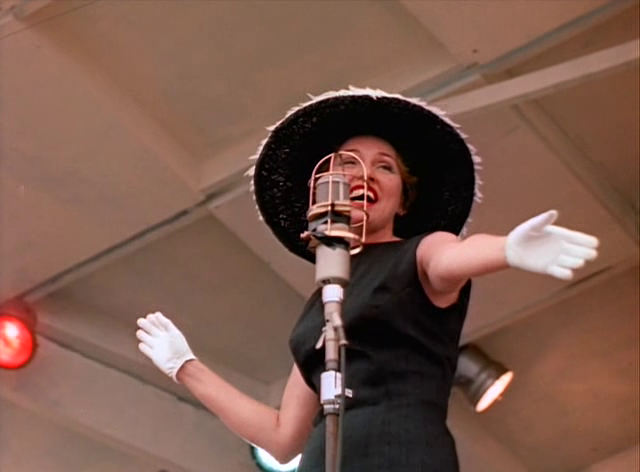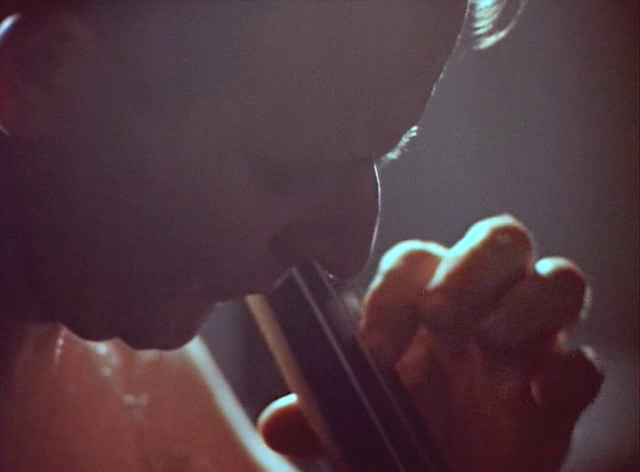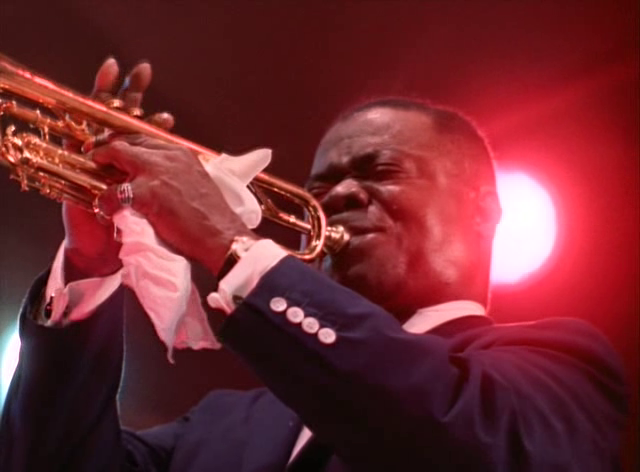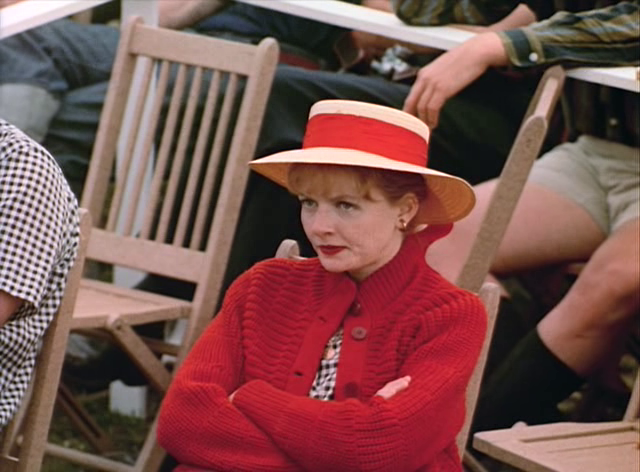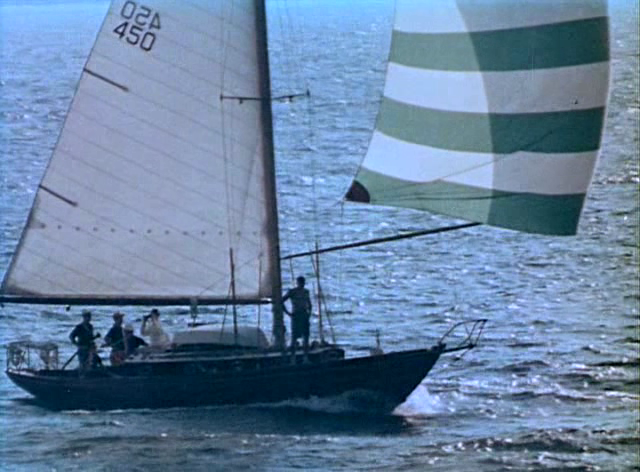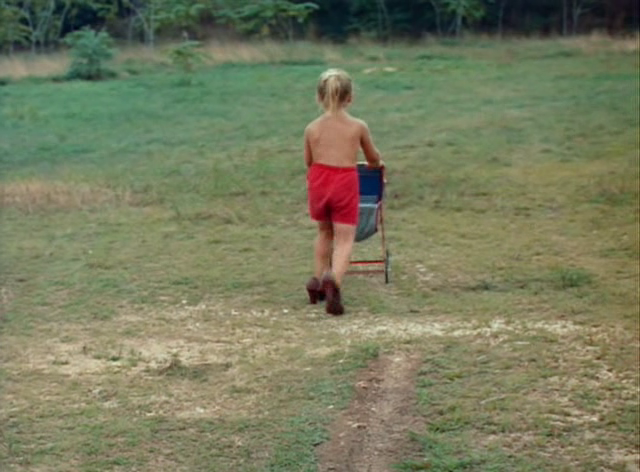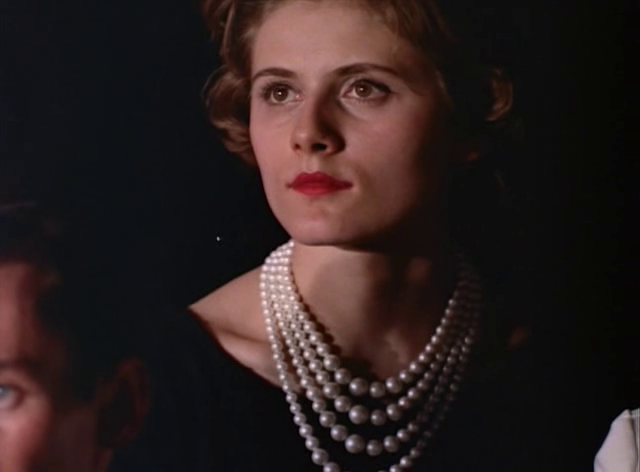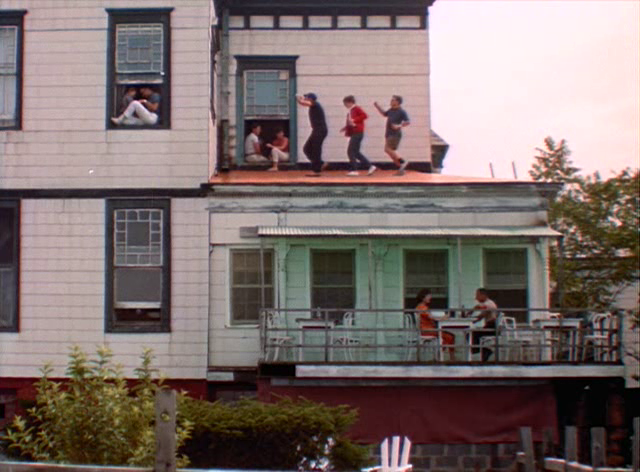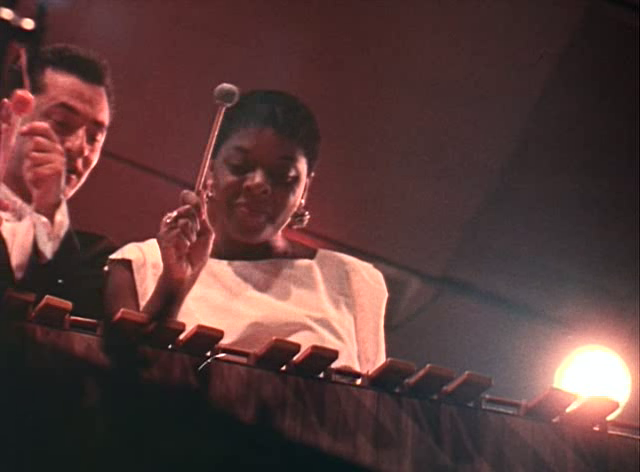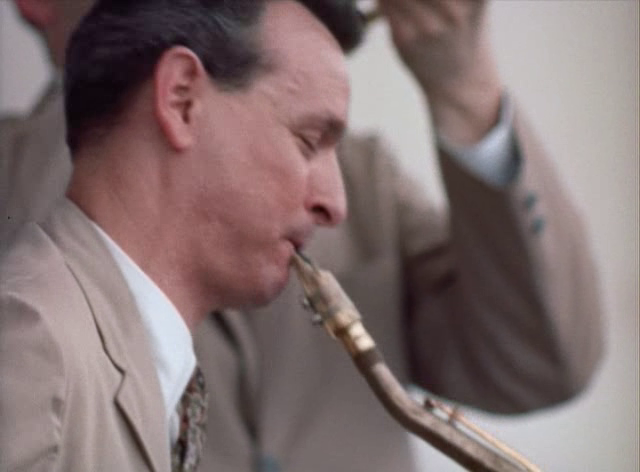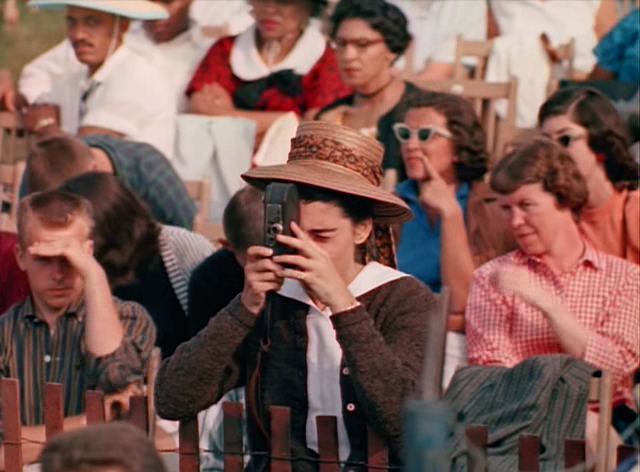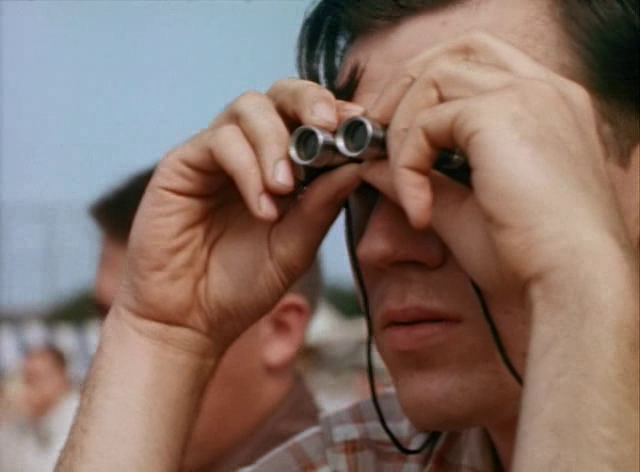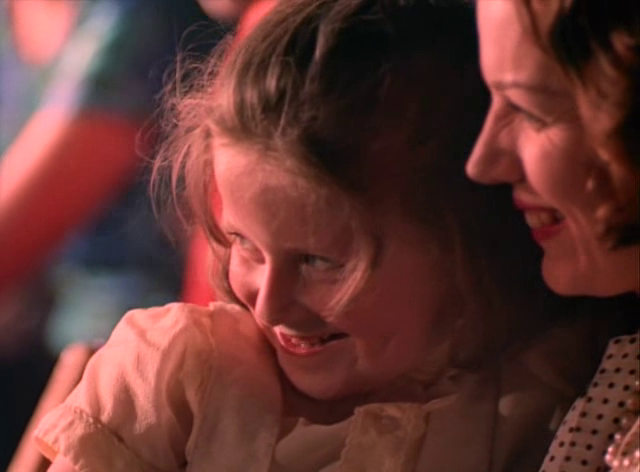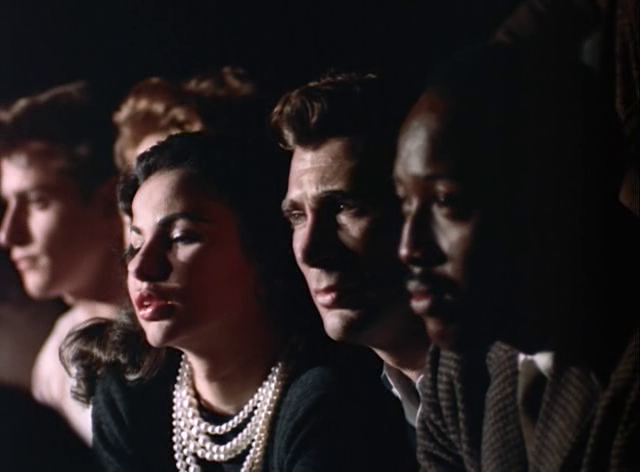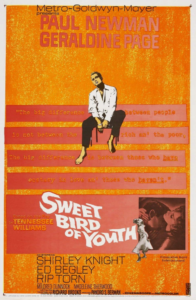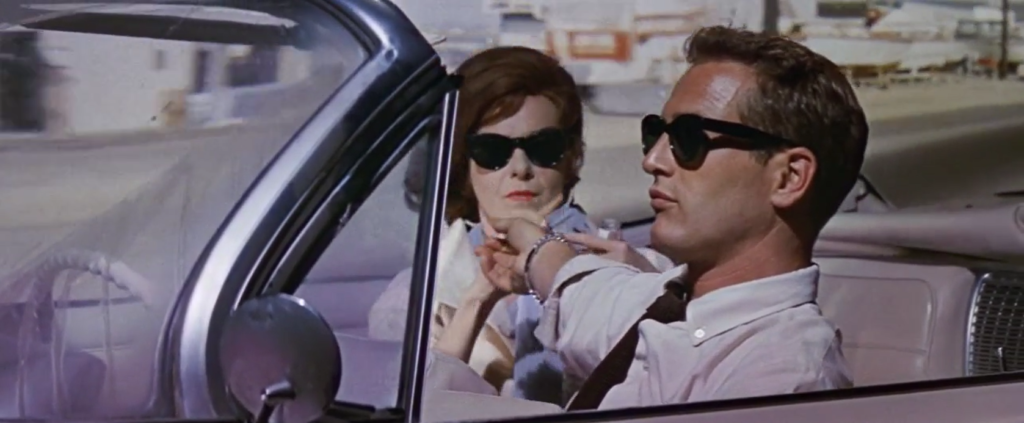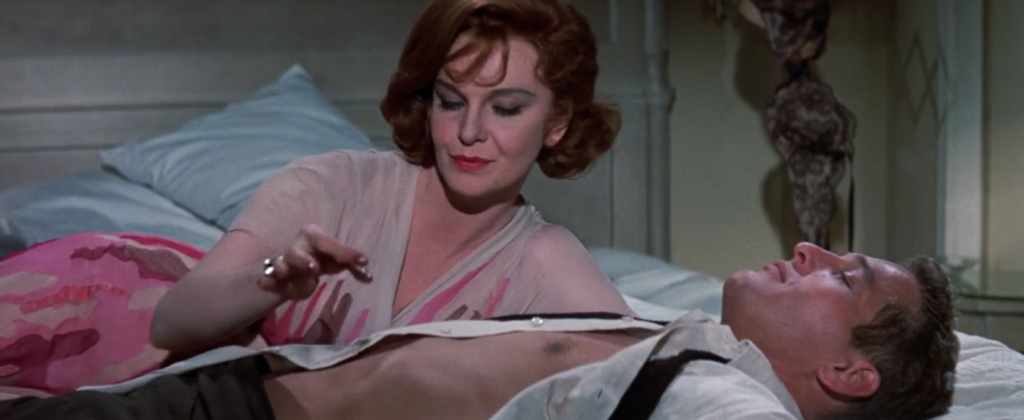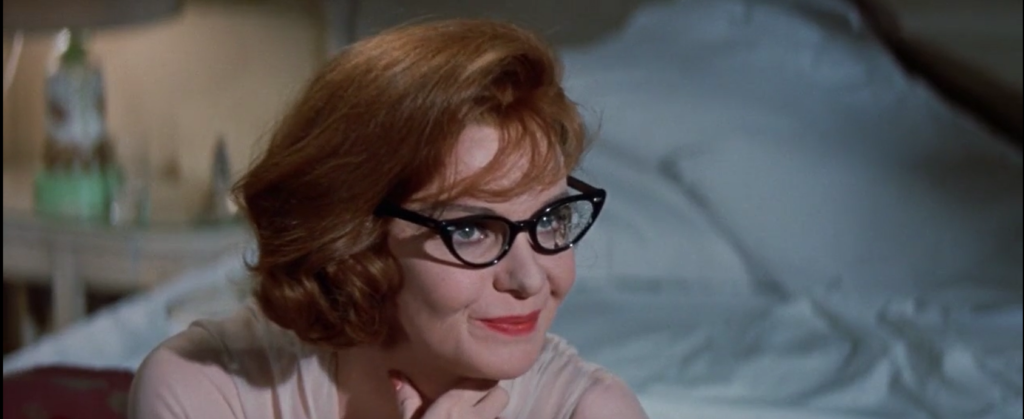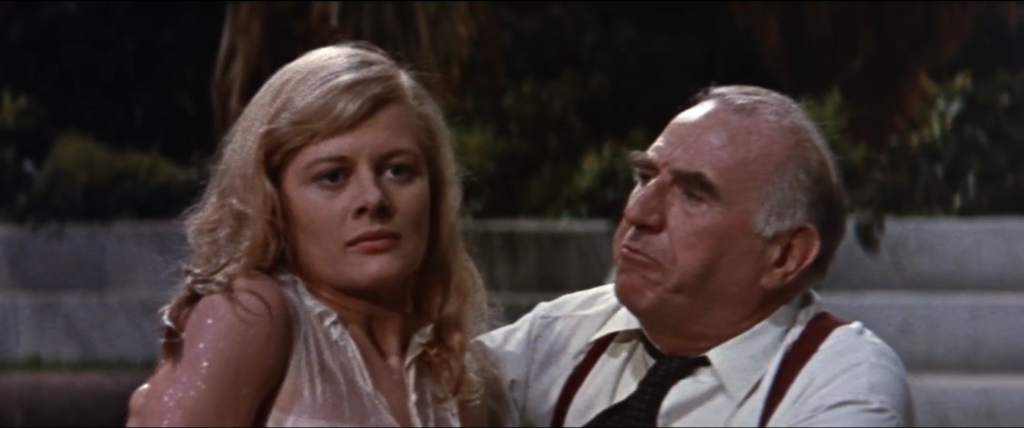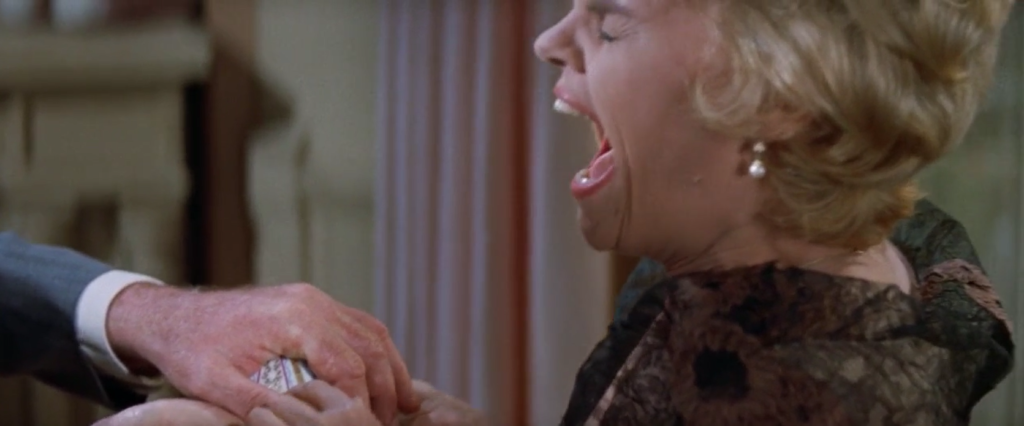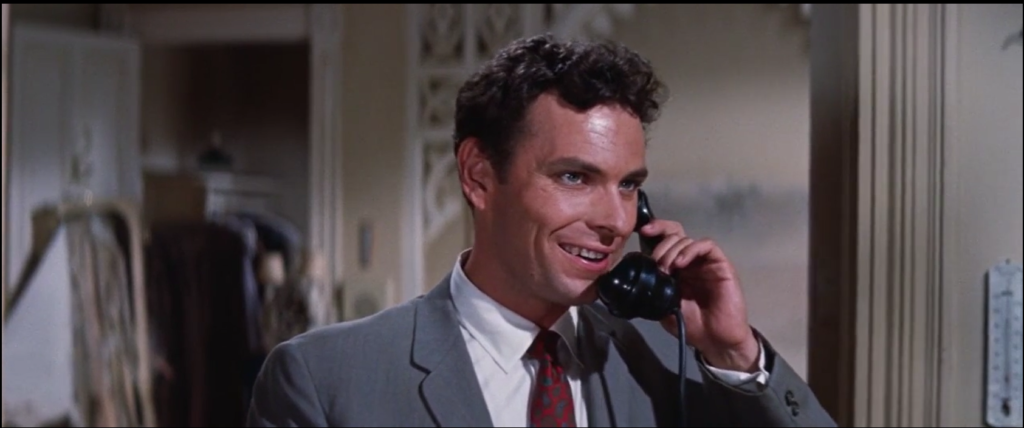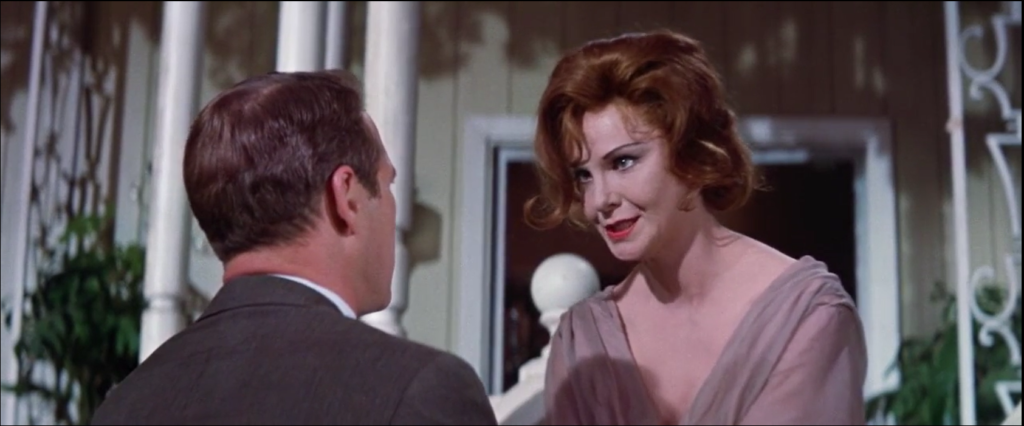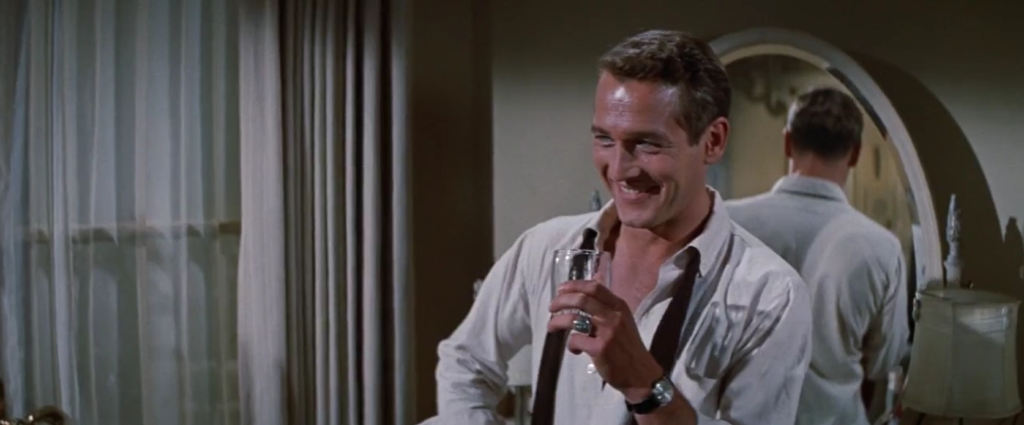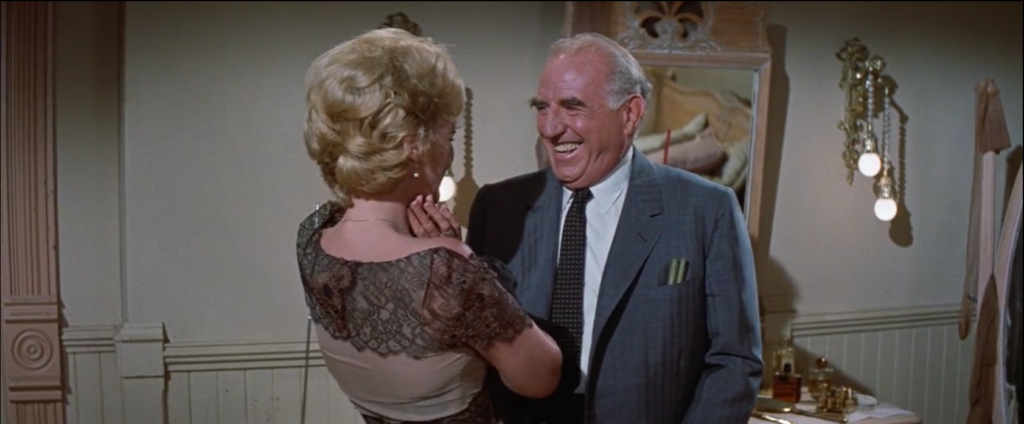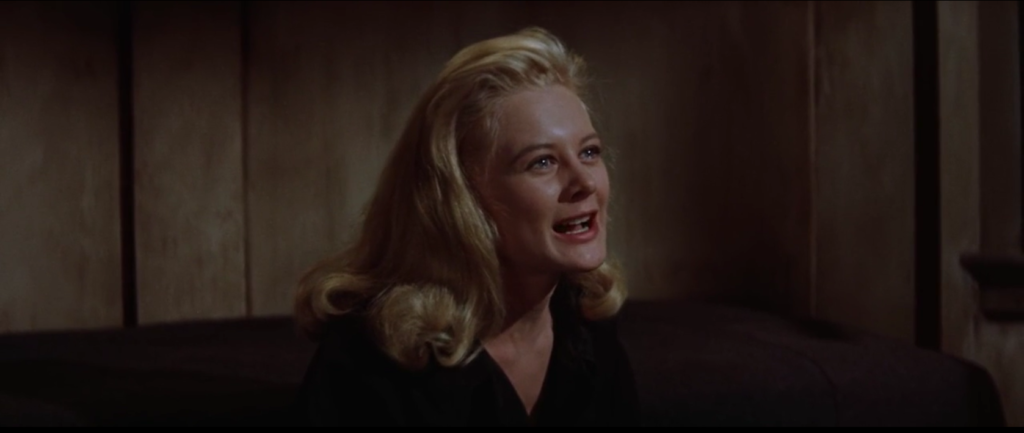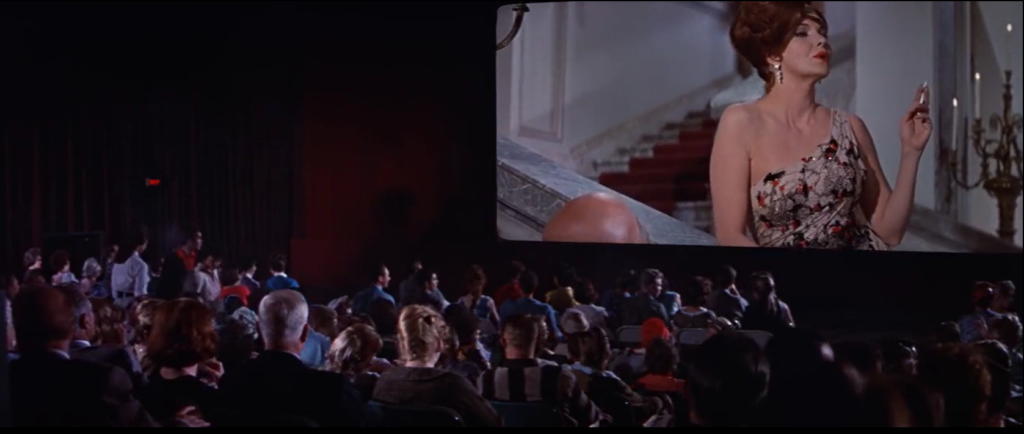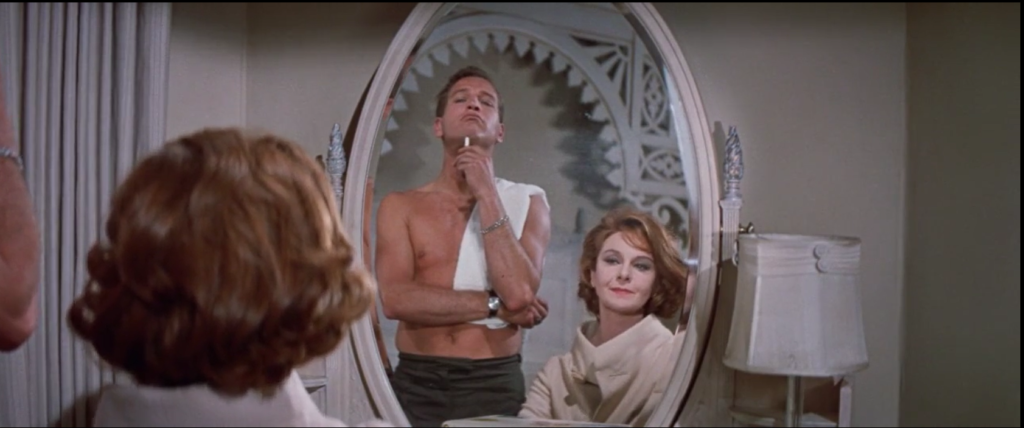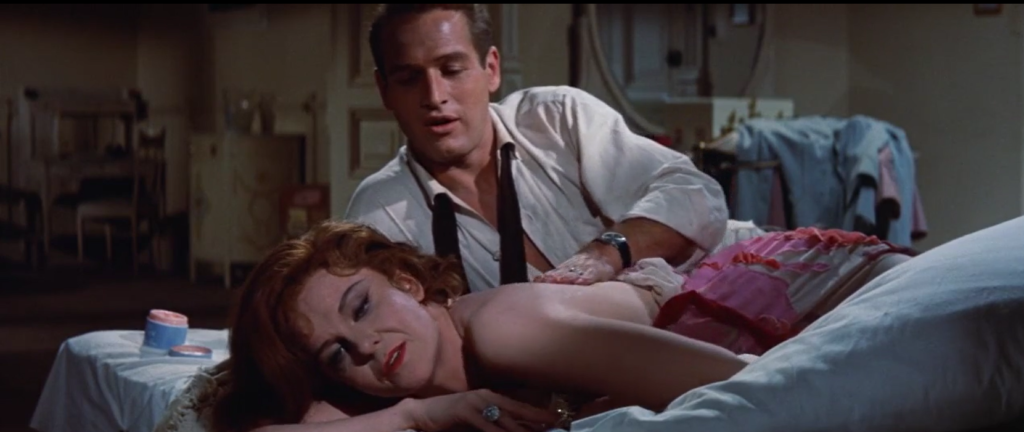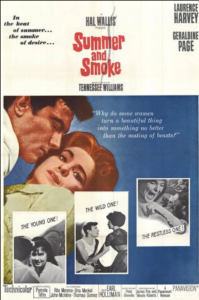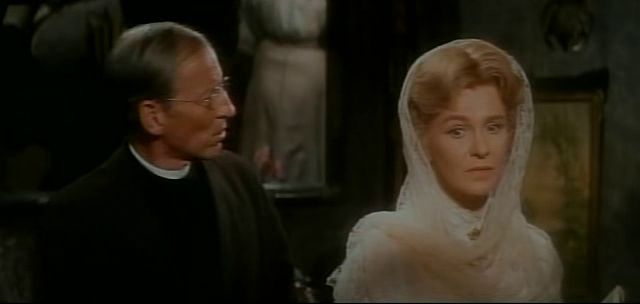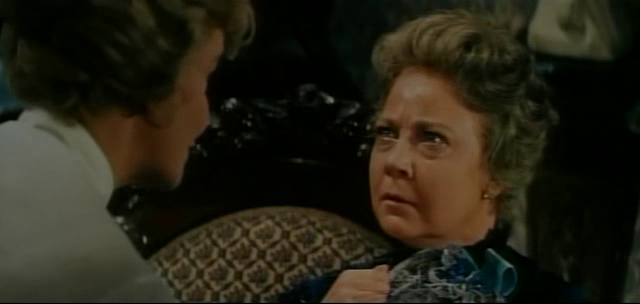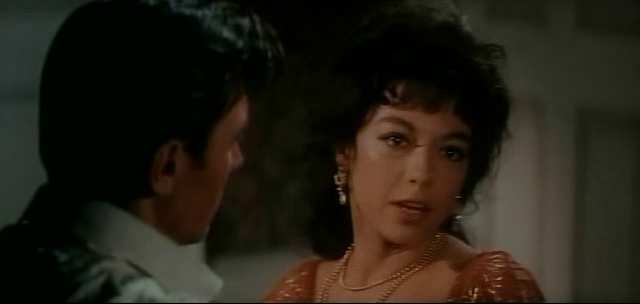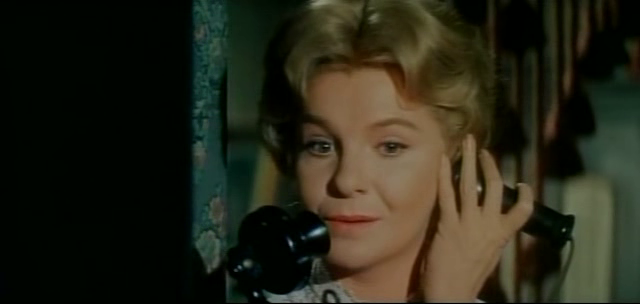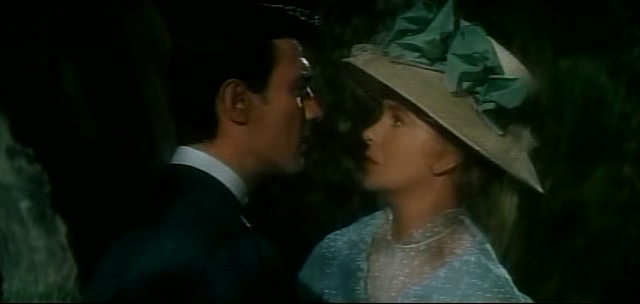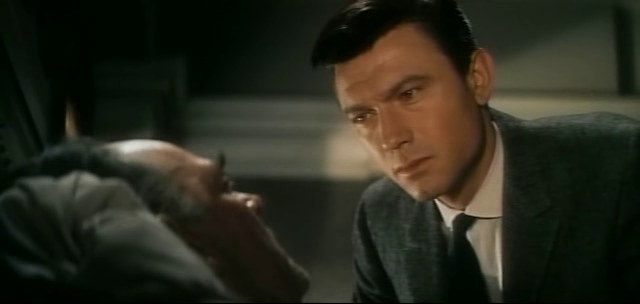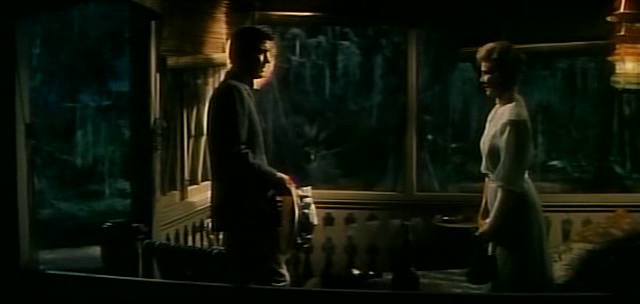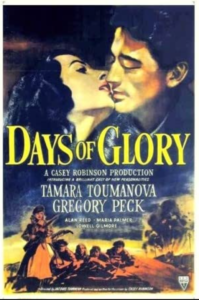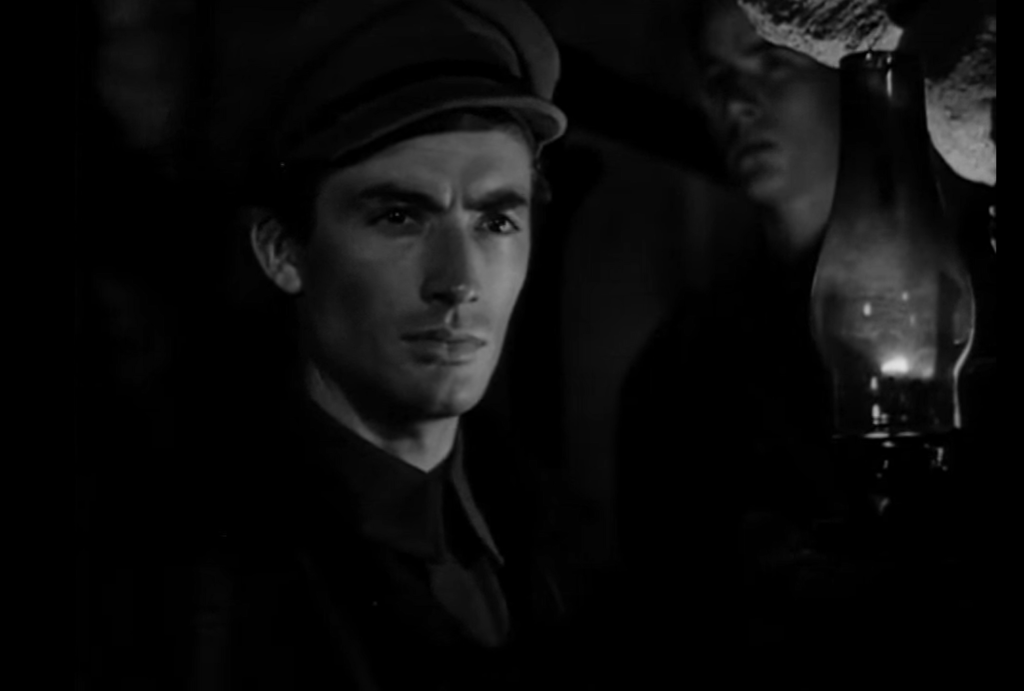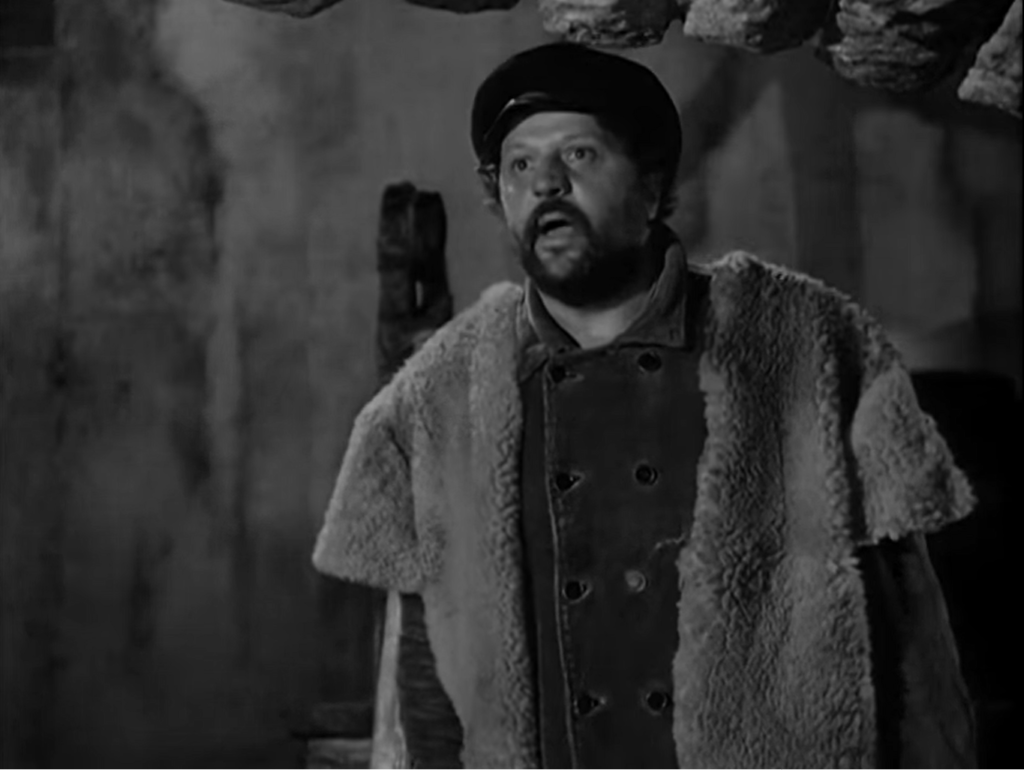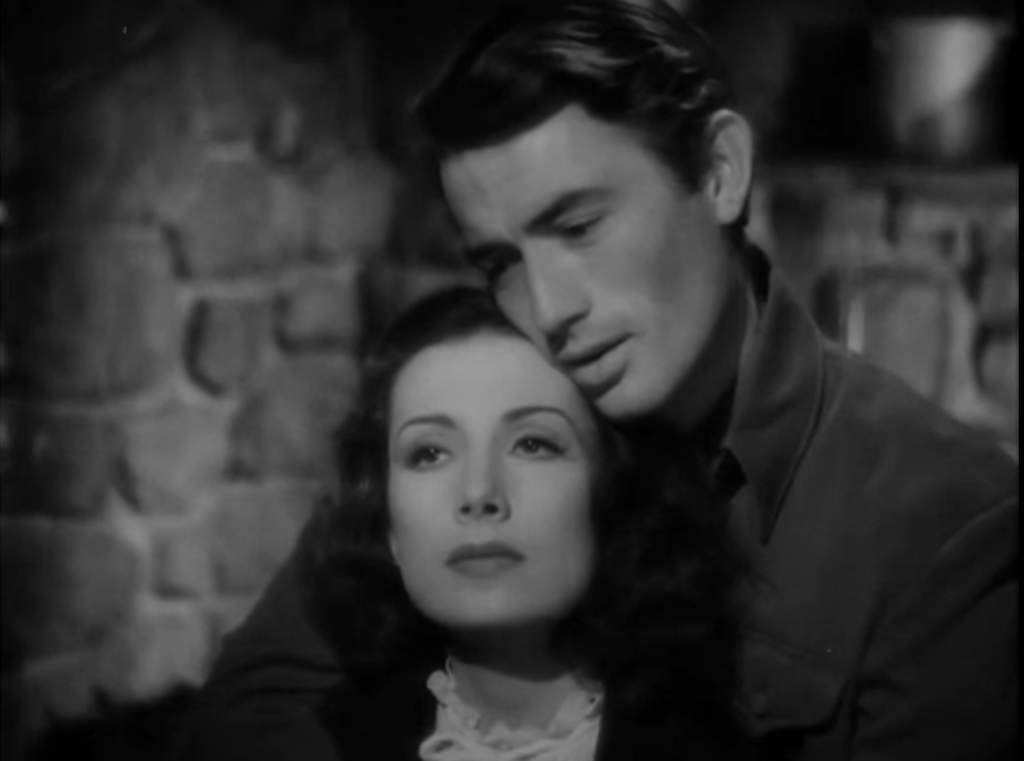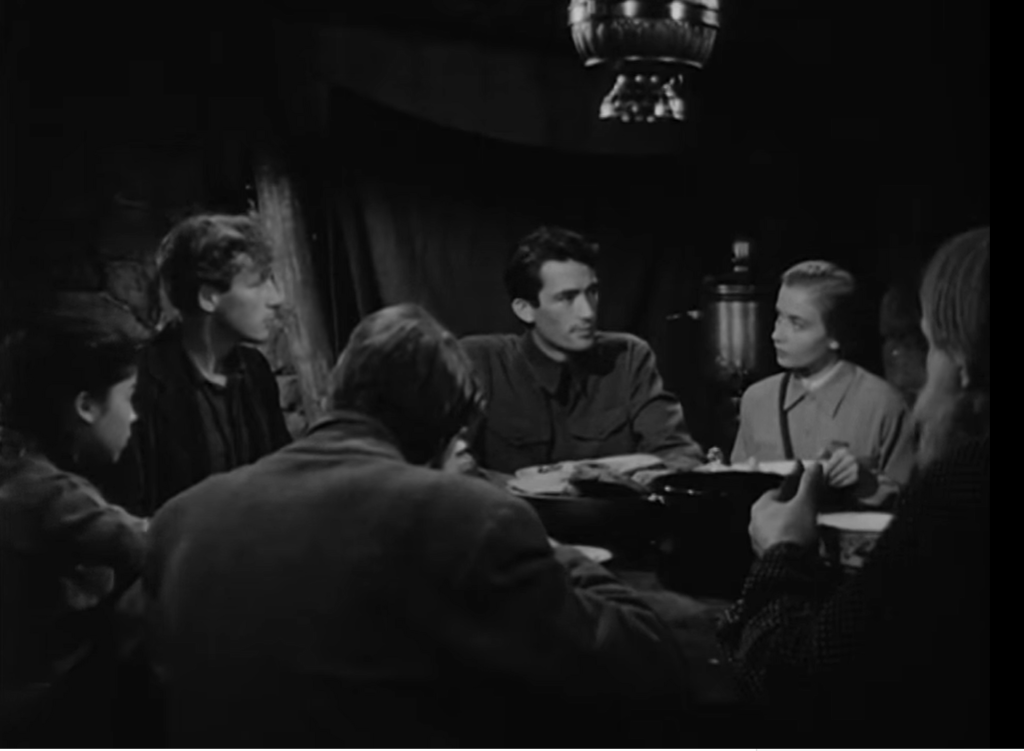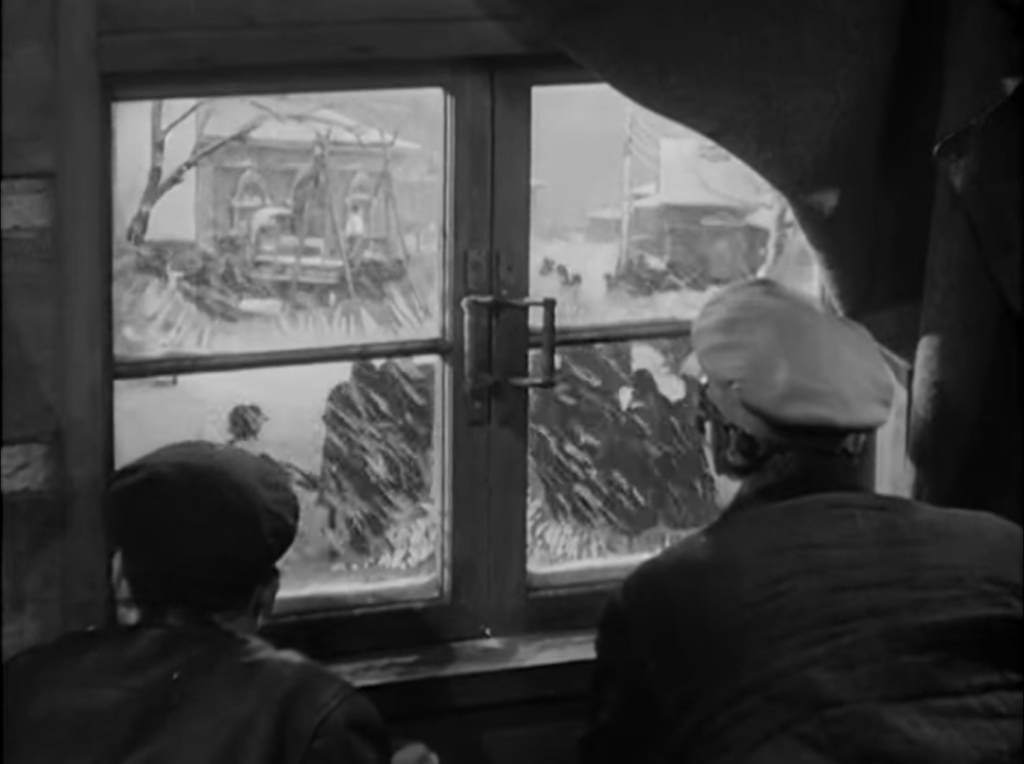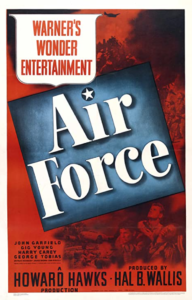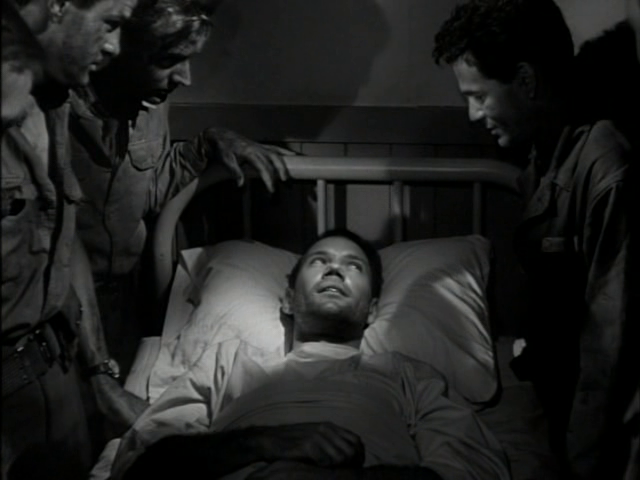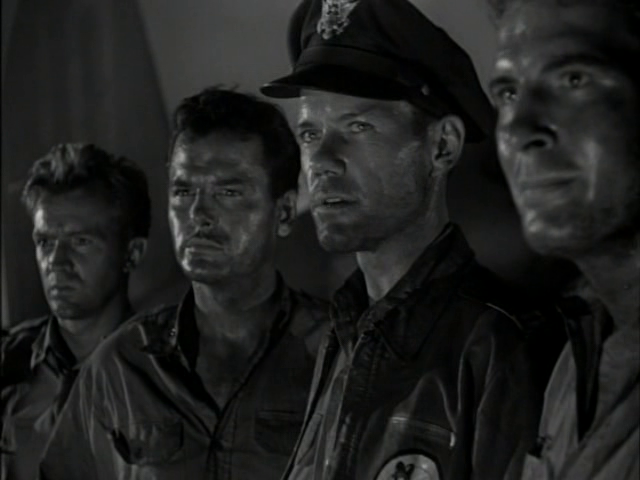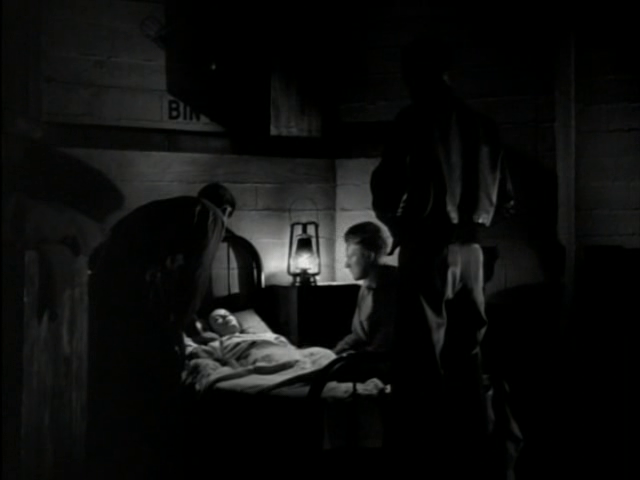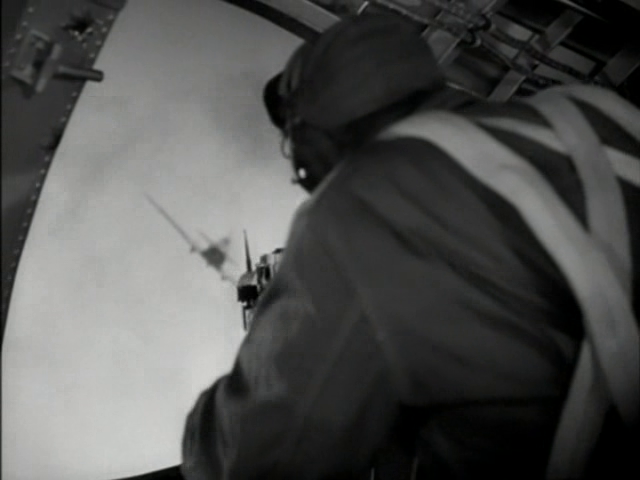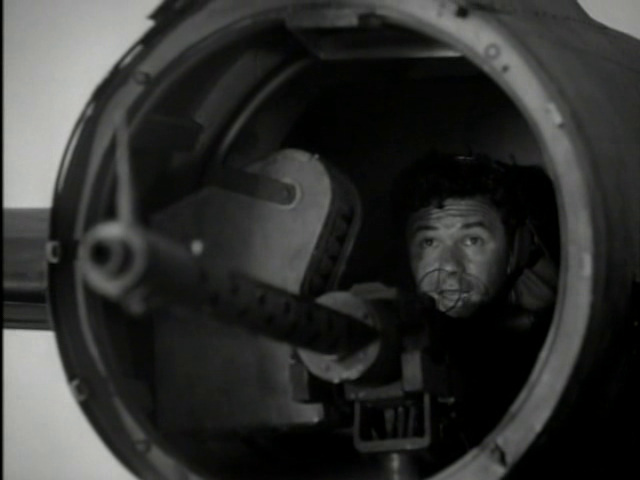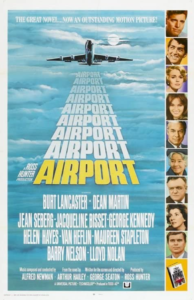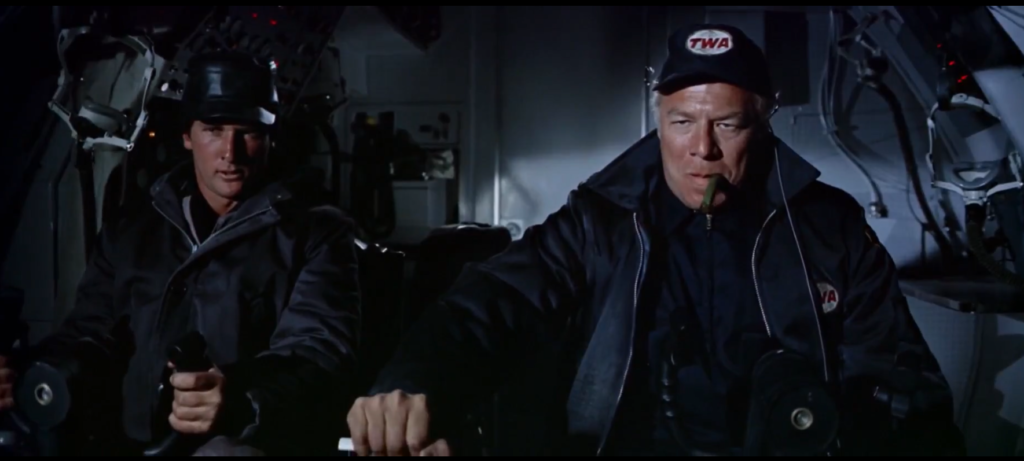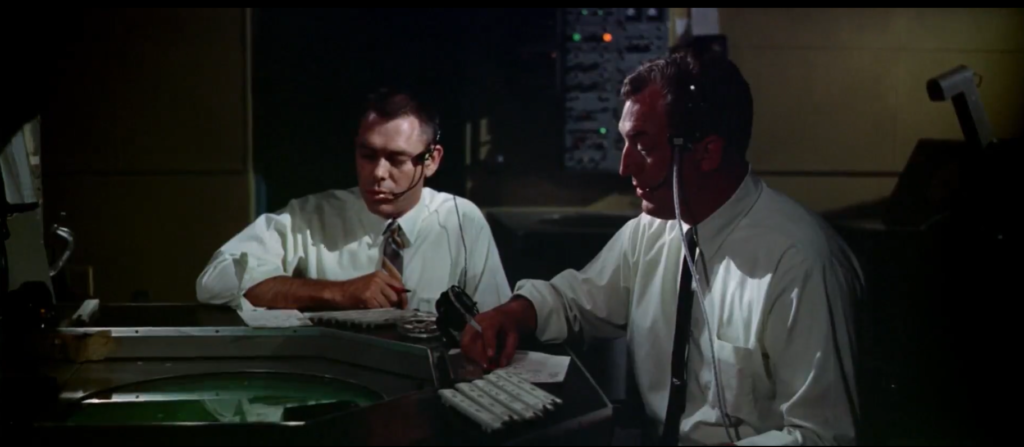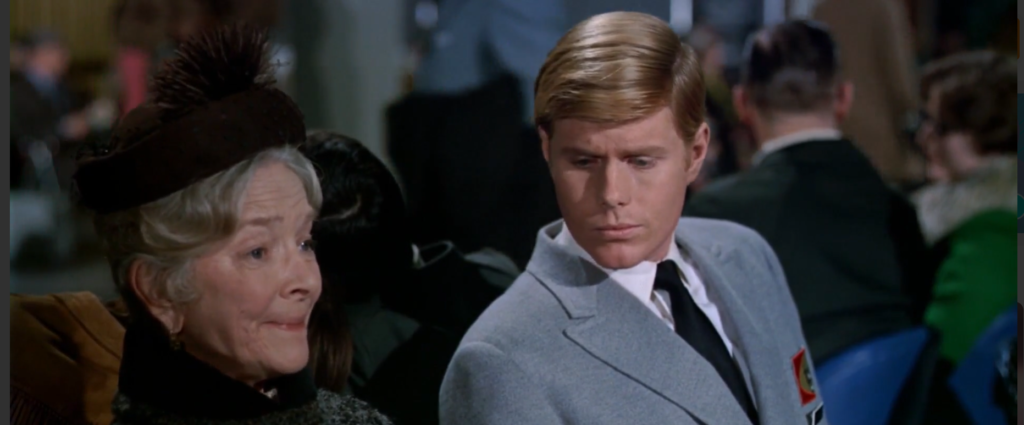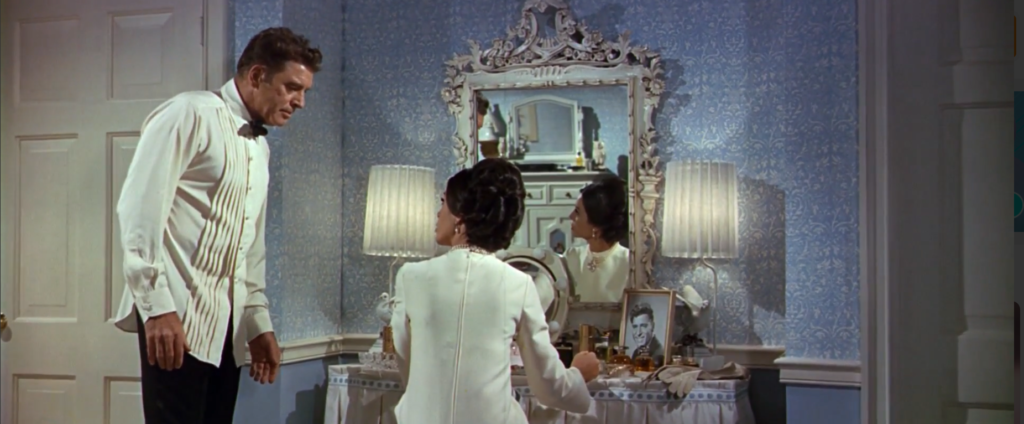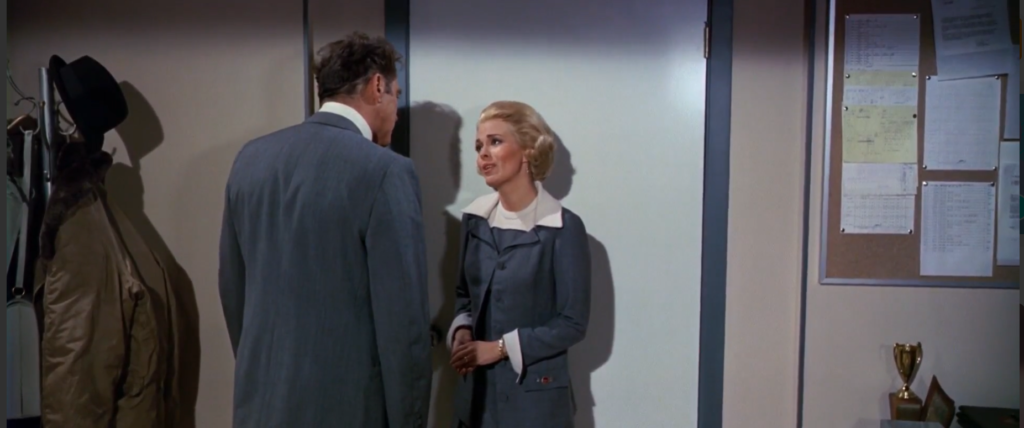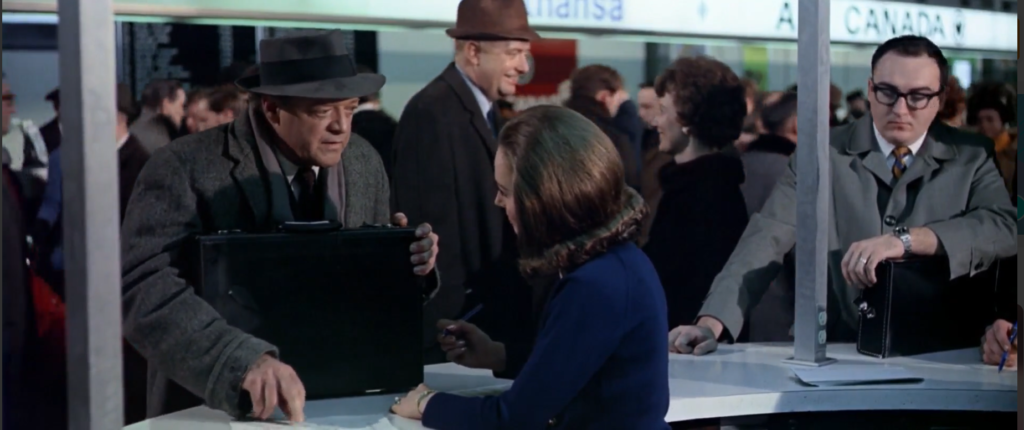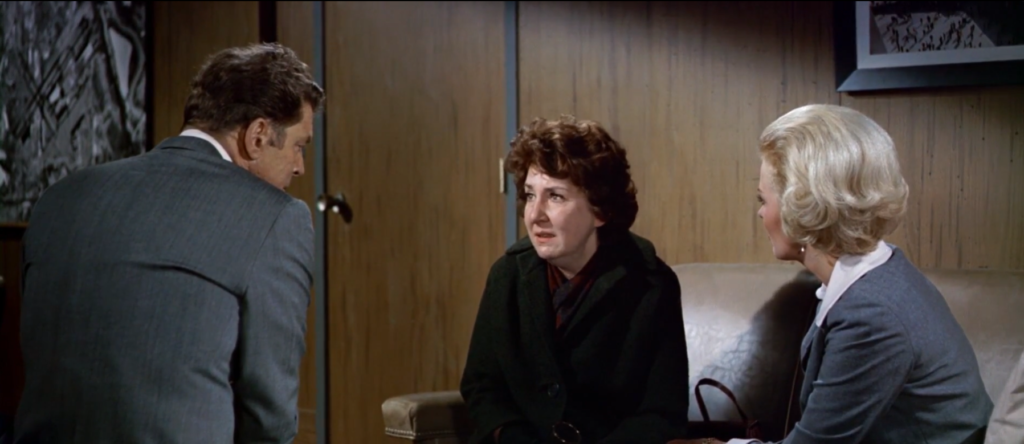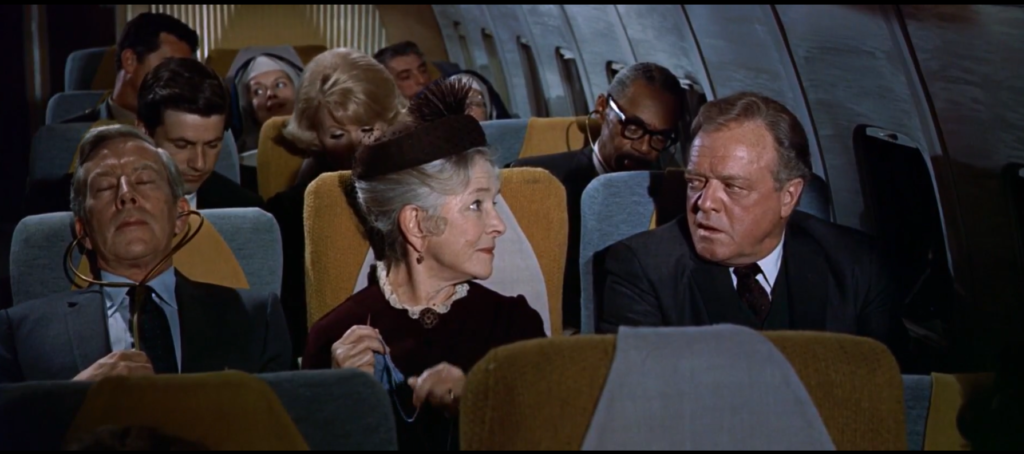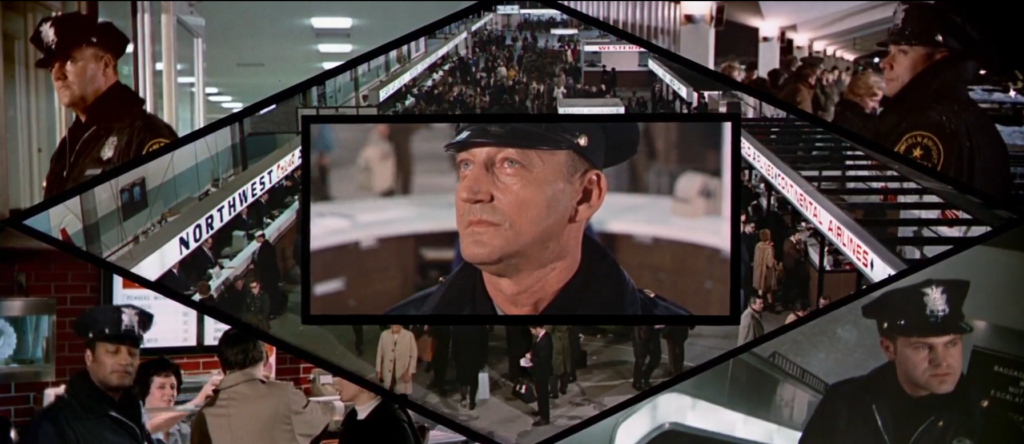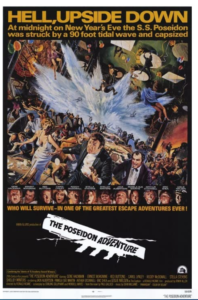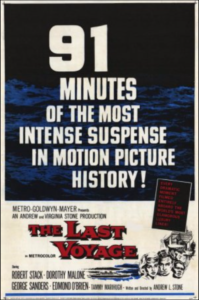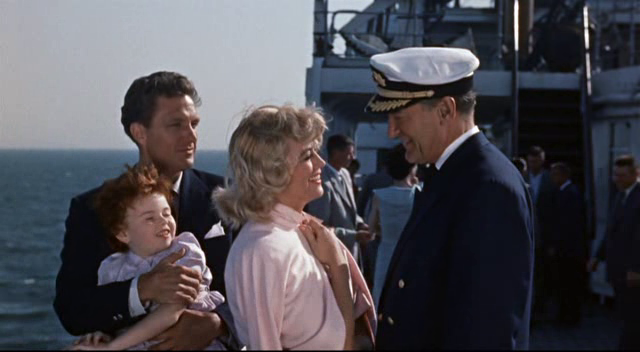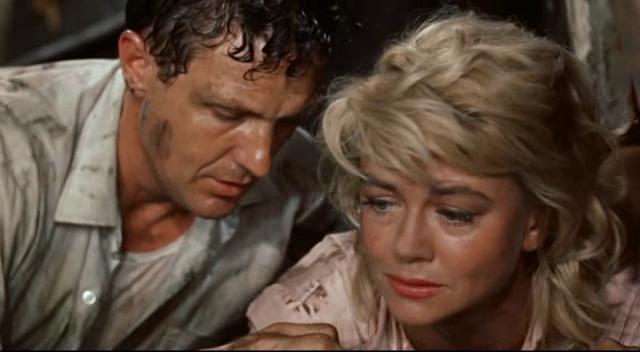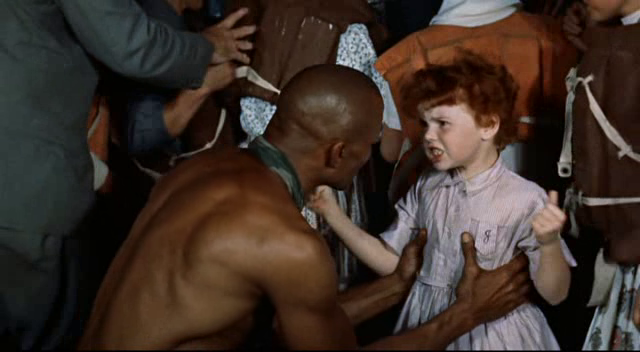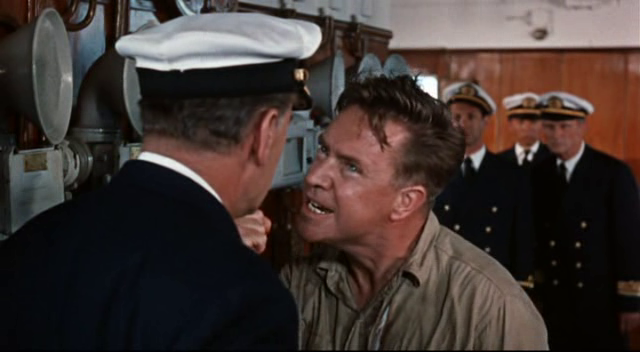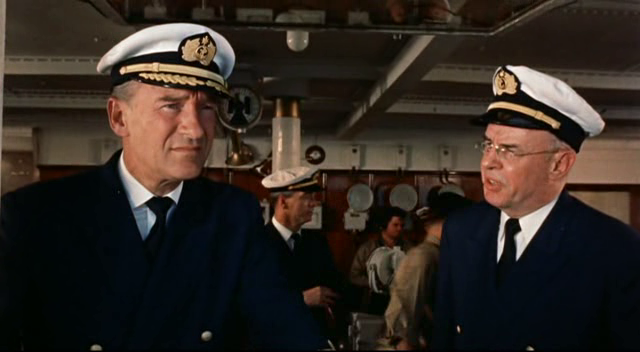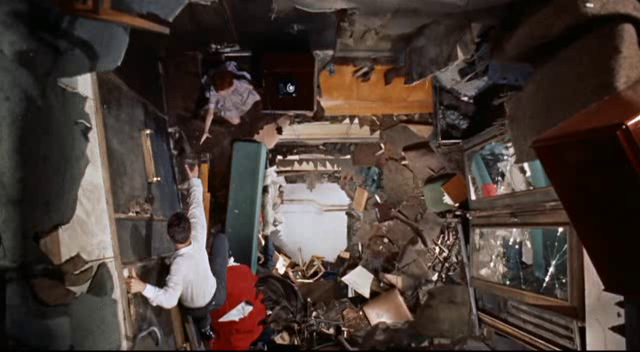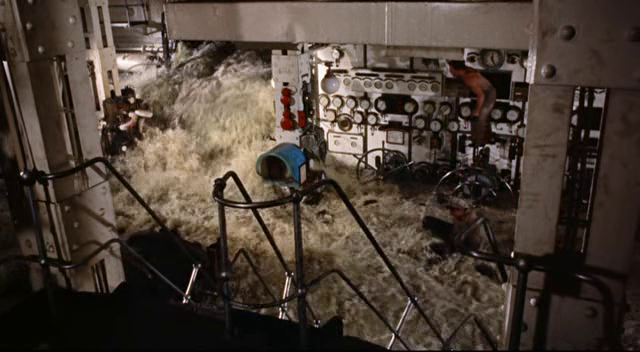|
Genres, Themes, Actors, and Directors:
- At Sea
- Carol Lynley Films
- Disaster Flicks
- Ernest Borgnine Films
- Gene Hackman Films
- Priests and Ministers
- Red Buttons
- Roddy McDowall Films
- Shelley Winters Films
- Stella Stevens Films
- Survival
Response to Peary’s Review:
Peary argues that this “prototypical big-budget ‘disaster’ film of the early seventies” — produced by Irwin Allen with “an all-star cast, stilted dialogue, showoff special effects, and stereotypical characters” — is “okay escapist fare, but [the] ending is a letdown because you realize all the likable characters died while only the obnoxious ones have made it to ‘The Morning After’ (the picture’s Oscar-winning song.” I disagree with Peary’s assessment of this consistently gripping, excitingly filmed thriller, which has maintained a cult following for years. Sure, some of the dialogue and performances are a little over-the-top (“You took from me the only thing I ever loved in the whole world — my Linda!”):
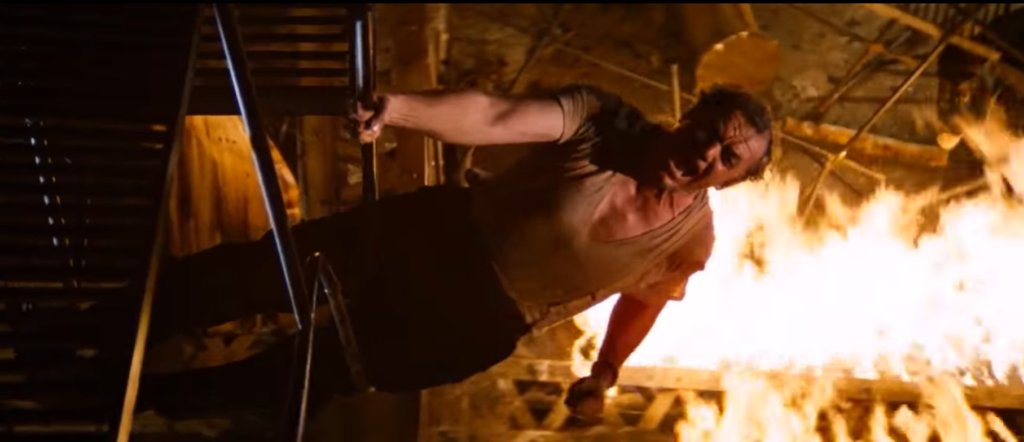
… but hard-core fans seem to enjoy owning these lines; and meanwhile, the rest of us can ignore these moments and appreciate the work that went into crafting this spectacle, knowing this was years before CGI and everything we’re seeing on-screen actually happened in some fashion (albeit with safety at the forefront of everyone’s minds).
Having recently watched and posted on The Last Voyage (1960), it was especially refreshing seeing Leslie Nielsen (as Captain Harrison) taking charge as the polar-opposite of George Sanders’ Captain Adams. While Adams insisted, “I have never lost a ship and I’m not losing this one!”, Harrison says (thank God!), “I can’t afford to gamble with the lives of my passengers!”
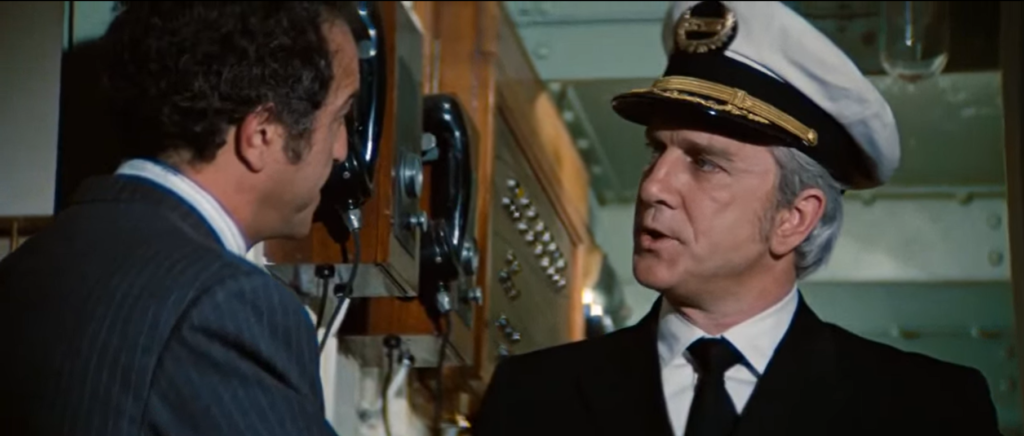
Unfortunately, nothing Captain Harrison can do will prevent his ship from total annihilation in the face of a terrifying tidal wave:

The next few minutes of panic — as the ship is turned upside down and passengers scramble for their lives — is truly harrowing.
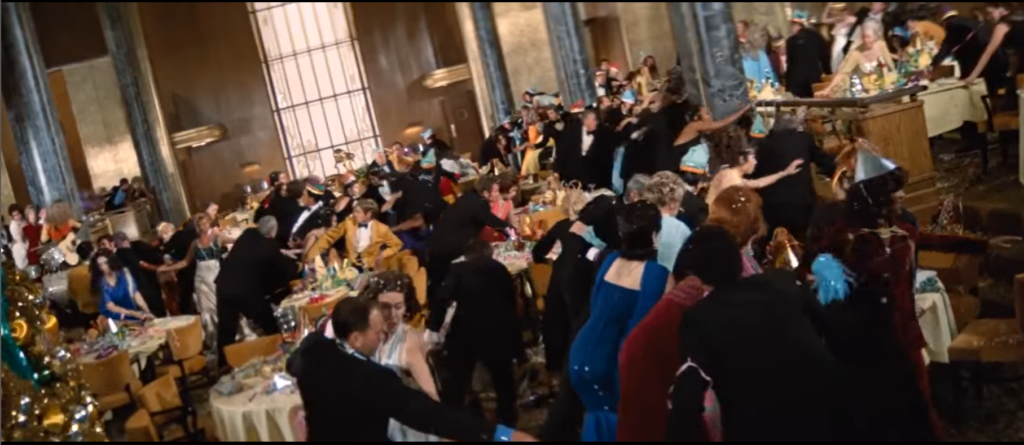
From here, we quickly shift into an allegorical tale of whether to trust the “known” — as personified by the ship’s purser (Byron Webster), who insists that everyone should stay put and wait for help — or a “radical” preacher (Hackman) who believes they need to proactively save themselves. He wants to use an enormous Christmas tree as a bridge from the ceiling back to the floor, and sends fearless young Shea up as a “monkey” to try it out:
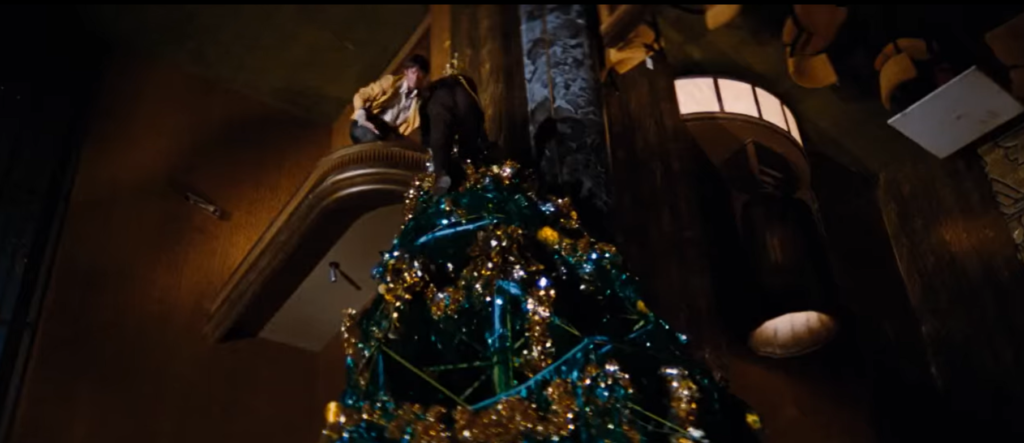
Once the group of intrepid climbers has assembled, they part ways with the remaining passengers below, some of whom try in vain to scramble up the tree once water starts flooding into the stateroom.
From there, the primary human drama revolves around head-to-head banter between Hackman and Borgnine, who don’t necessarily see eye-to-eye:
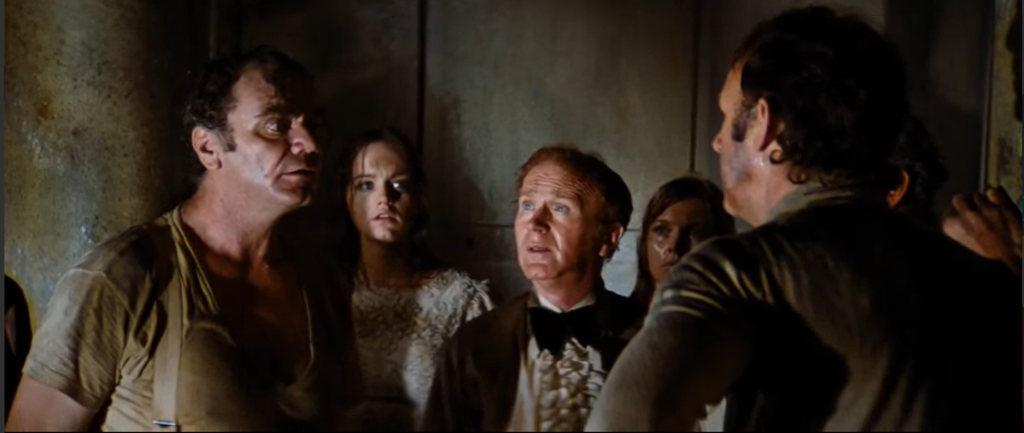
— and we also get to learn more about the other survivors, most notably Winters’ former award-winning swimmer; her performance of her own stunt here remains truly remarkable:
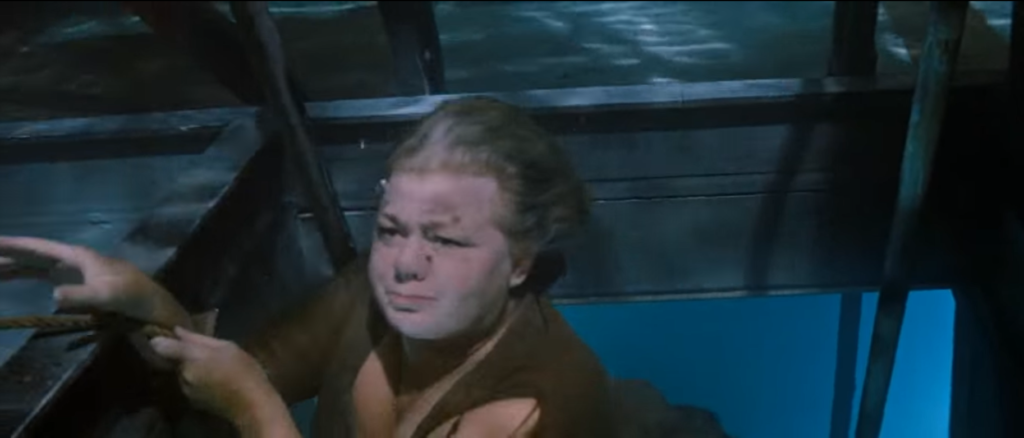
In terms of Peary’s assertion that “all the likable characters died while only the obnoxious ones have made it,” this simply isn’t true — at all. Yes, we lose some beloved folks, but those who survive aren’t “obnoxious”. Regardless of what one thinks about the storyline, this film remains of historical importance for reasons described in TCM’s article:
Before the year was out, The Poseidon Adventure proved to be a wise investment for 20th Century-Fox. Made for less than $5 million, the film grossed more than $160 million. Nominated for eight Academy Awards, The Poseidon Adventure took home one Oscar for Original Song (“The Morning After,” which became a Billboard Top 100 hit) and another special achievement award for visual effects. At the time of its network television premiere on ABC in October 1974, The Poseidon Adventure earned a 39.0 household share, which made it the sixth most-watched film ever to air on prime time network TV. The film’s biggest coup, however, was jumpstarting an action-adventure subgenre, the disaster film.
Redeeming Qualities and Moments:
- Gene Hackman as Reverend Scott
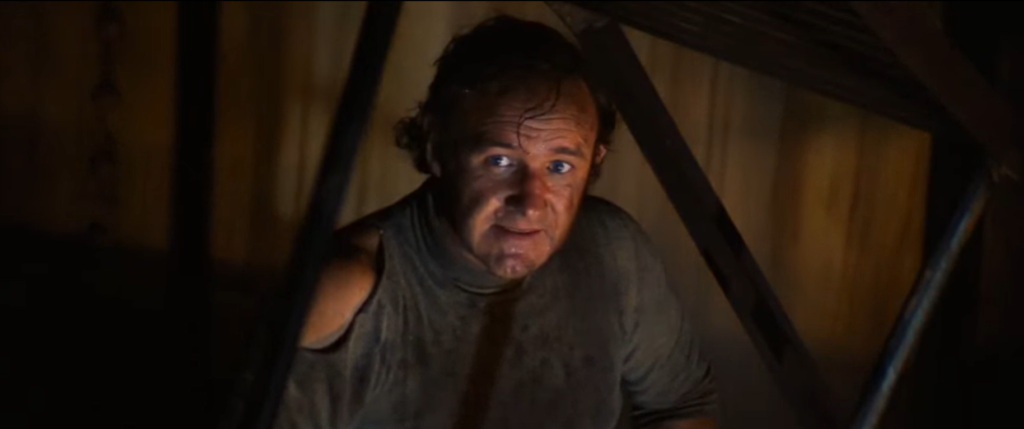
- Shelley Winters as Belle Rosen: “You see, Mr. Scott, in the water, I’m a very skinny lady!”
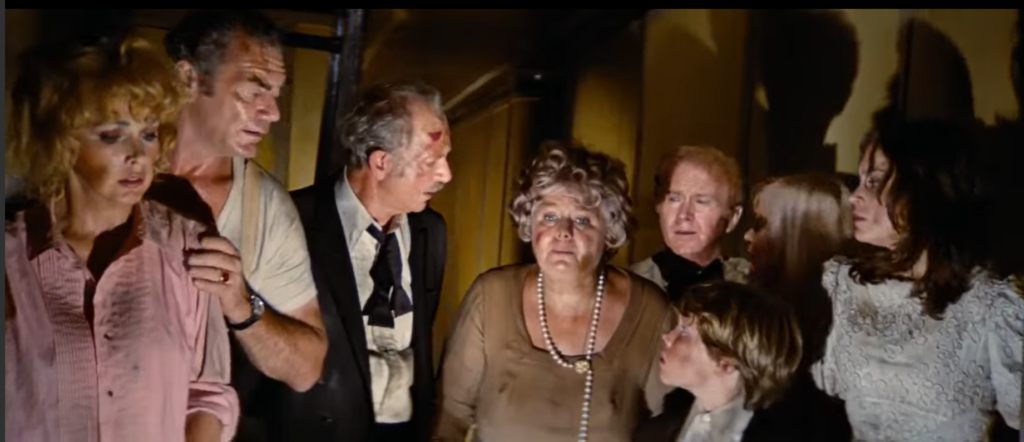
- Red Buttons as James Martin
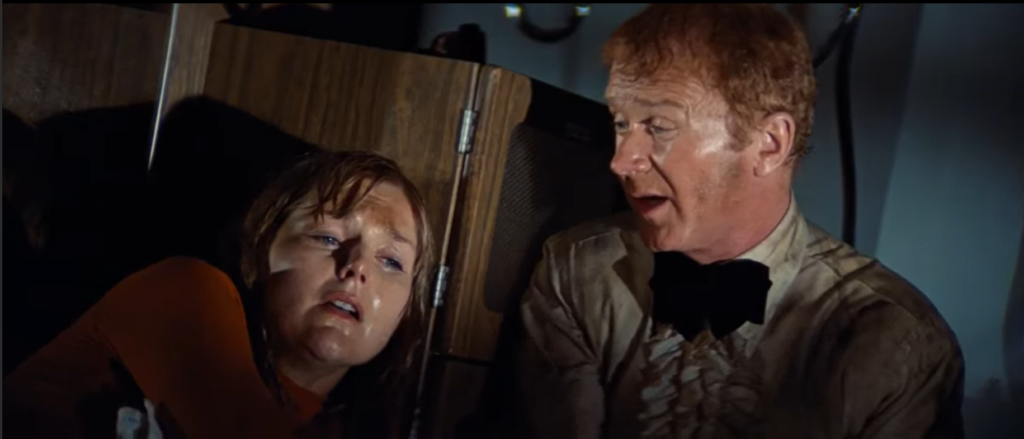
- Harold E. Stine’s cinematography
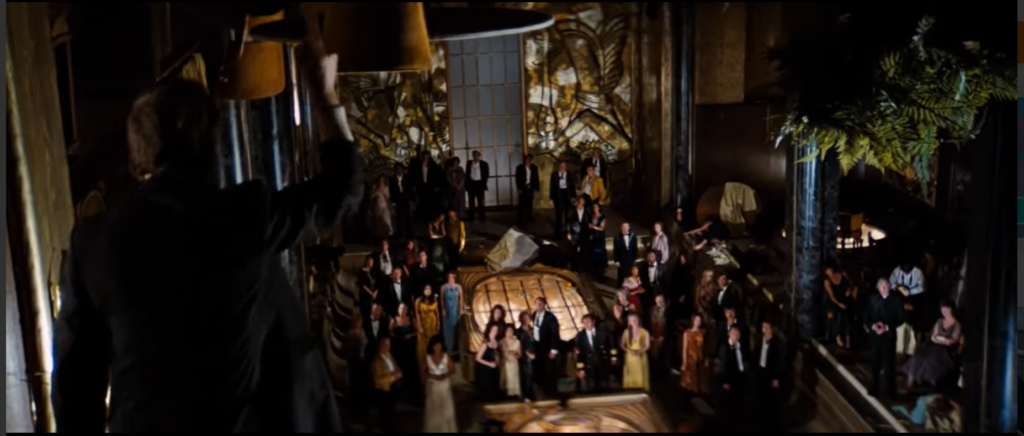
- William Creber’s production design
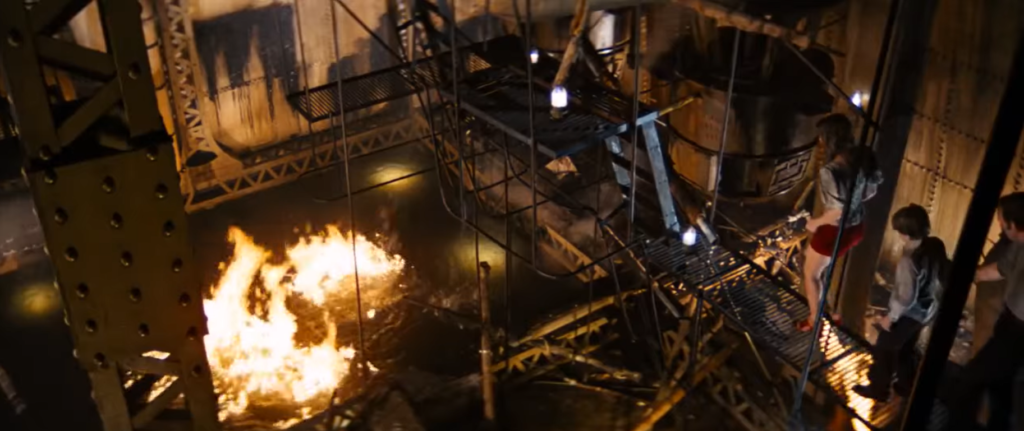
- Incredible stunts, effects, and actions sequences
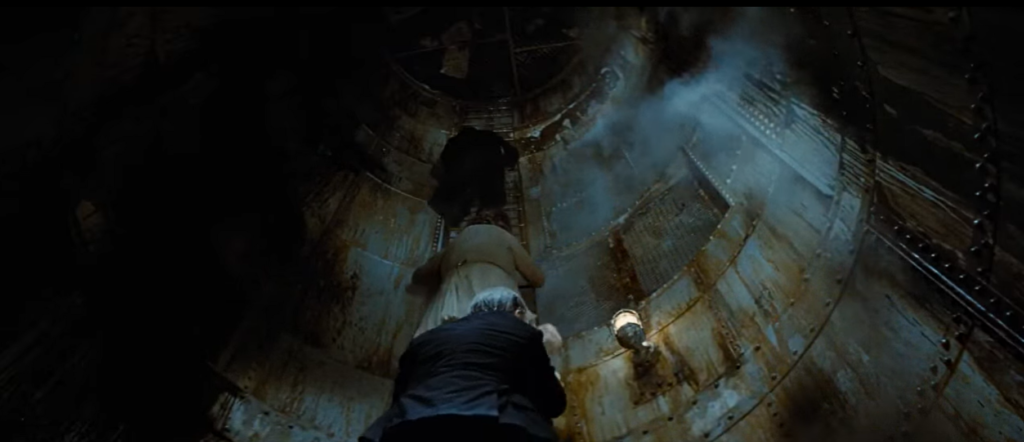
- Stirling Silliphant’s script
Must See?
Yes, as a gripping thriller.
Categories
- Cult Movie
- Good Show
- Historically Relevant
Links:
|
